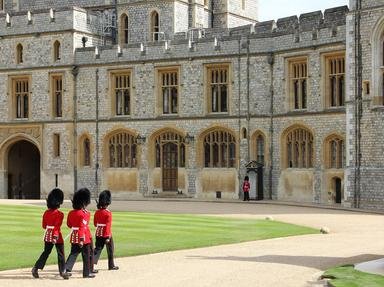Quiz Answer Key and Fun Facts
1. What was the name of Charles II's wife?
2. Charles II was the eldest child of King Charles I and Queen Henrietta Maria.
3. Following the execution of Charles I, Charles attempted to regain his throne with the aid of the Scots. Where was the decisive battle of this campaign?
4. How long did Charles and his court spend away from London as a result of the Great Plague outbreak of 1665?
5. Charles had no legitimate children. Who did he see as his undeniable and legitimate heir?
6. Which of the following of Charles' mistresses did NOT bear him any sons?
7. In April 1649, Charles' first child was born in Rotterdam during his initial exile. The child was created Duke of Monmouth and Duke of Buccleuch, but what was his name?
8. In 1682, Charles founded an institution intended to provide a home for retired soldiers. What is this called?
9. Which fashion innovation is Charles often credited with popularising in England?
10. General George Monck was a key player in Charles' restoration to the throne through the use of his infantry to help restore and maintain order. Monck's Regiment of Foot, originally part of the New Model Army, subsequently became part of the King's troops, and still exists to this day, but what is its name?
11. During his flight following the Battle of Worcester, Charles famously spent an entire day in a tree. This is commemorated on 29 May every year, but what is the day traditionally called?
12. The first commander of the New Model Army and primary military leader of the Parliamentarian cause during the Civil War was fully pardoned by Charles upon the King's restoration.
13. Although hugely popular from his return to England, the King's opulent lifestyle, excesses and in particular his flight from London during the Great Plague saw him dramatically fall in the public's affections by 1665. What restored faith in Charles?
14. One of Charles' nicknames was "Old Rowley", but from what was this derived?
15. Charles eventually died on 6 February 1685, but what has been determined as being the cause of his death?
Source: Author
Red_John
This quiz was reviewed by FunTrivia editor
bloomsby before going online.
Any errors found in FunTrivia content are routinely corrected through our feedback system.

